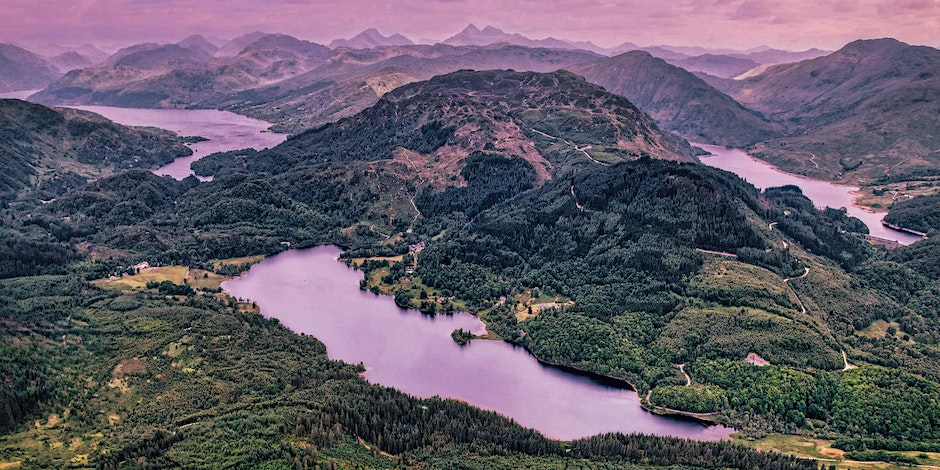SPNS / SNSBI JOINT AUTUMN CONFERENCE
Saturday, 4th November 2023
Online – via Zoom

The Society’s 2023 Autumn Conference will take place on Saturday, 4th November 2023, online – via Zoom.
We are very pleased to announce that this year’s autumn Conference will be held jointly with our friends and colleagues from The Society for Name Studies in Britain and Ireland.
The Conference will be free to attend for members of SPNS (or SNSBI). Tickets for non-members are available at cost of £5.
CONFERENCE PLAN
| 10:30 – 10:40 | Welcome Alan Macniven, Convener, SPNS Morning session chair: Carole Hough |
| 10:40 – 11:10 | ‘All That Glistens: Gold, Hoards and History in Place-Names’ Jeremy Harte |
| 11:10 – 11:40 | ‘St Andrews in Wales: the medieval dedications’ David N. Parsons |
| 11:40 – 12:10 | ‘Make Me Rich, Mount Hooley and other verbal place-names: a different kind of naming’ Diana Whaley |
| 12:40 | Close of session Alan Macniven |
| 12:40 – 13:00 | Break |
| 13:00 | Welcome back Jennifer Scherr, President, SNSBI Afternoon session chair: Simon Taylor |
| 13:00 – 13:40 | ‘Dwelling, Travelling, and Telling: place-making on Rannoch Moor through landscape archaeology and place-names’ Michael Given |
| 13:40 -14:10 | ‘Glasgow’s Gaelic Place-Names’ Alasdair C. Whyte |
| 14:10 – 14:40 | ‘Ásleifarvík or Hálseyjarvík? The Norse place-names of Scotland’s west Coast in Hákonar saga Hákonarsonar‘ Peter Randall |
| 14:40 – 15:00 | Sum-up and close Jennifer Scherr |
ABSTRACTS
All That Glistens: Gold, Hoards and History in Place-Names
Jeremy Harte
Onomastics has a long record as handmaid to archaeology, so that place-names in “gold”, hord and the compounds goldhord and dracanhord have been signalled as places where ancient hoards might reward the excavator – if not the ancient dragons that protected them. Unfortunately by the time treasure enters the historical record, it’s usually been dug up and carried away, but at least we know what we missed. Or do we? On close inspection, the recurrent simplex goldhord makes very little sense as a record of places where treasure was once found. Instead, the names suggest enclosures by major roads, often with a farm nearby, so that they became a prolific source of topographical surnames. Old English hord overlapped with ModE “hoard” but not enough to make us confident that we are dealing with buried riches. Like the supernatural guardians to which it was assigned, the element “gold” can mislead as well as reward.
***
St Andrews in Wales: the medieval dedications
David N. Parsons
The paper examines dedications to St Andrew in Wales, and considers their likely historical context. More broadly, it also discusses the challenges offered by this category of evidence which, in Celtic-speaking regions, so often goes hand-in-hand with the names of places.
***
Make Me Rich, Mount Hooley and other verbal place-names: a different kind of naming
Diana Whaley
In an article of 2008, Simon Taylor explored some minor names of Fife that he termed ‘verbal place-names’: those containing verbs. Enjoying a modest vogue in the Early Modern period, names of this type are both syntactically and semantically eccentric, departing radically from the norm of place-names that contain well-attested place-name elements and either describe sites or identify their stakeholders. This paper aims to supplement the Fife examples of this name-type and to reflect further on its nature, its kinship with certain other name-types, and its distribution in time and space, by seeking material first in the historic county of Northumberland then (briefly) more widely. Time permitting, there will be a request for attendees at the conference to share potential examples known to them.
***
Dwelling, Travelling, and Telling: place-making on Rannoch Moor through landscape archaeology and place-names
Michael Given
Rannoch Moor was a key route between Highlands and Lowlands for travellers, raiders and soldiers; it was a haven for stolen and legitimate cattle, and an inspiration for Gaelic songs and stories. Place-names and new archaeological evidence show that it was also a landscape where people lived and worked, particularly in the 17th–18th centuries. This is in great contrast to an ongoing and powerful mythology that portrays Rannoch Moor as waste and wilderness. In this paper I will combine archaeological, environmental, toponymic, historical and literary evidence to interpret Rannoch Moor as a lively and dynamic landscape full of interaction among people, plants, animals, topography, and place.
***
Glasgow’s Gaelic Place-Names
Alasdair C. Whyte
This paper presents new research from the University of Glasgow from the recently-published book Glasgow’s Gaelic Place-Names (Birlinn, September 2023). The book, which features contributions from University of Glasgow colleagues Katherine Forsyth and Simon Taylor, tells the story of Gaelic in Glasgow based on the toponymic evidence – a story which takes us back around a millennium. The paper will focus on: the earliest sources for Glasgow’s Gaelic place-names; language contact between Gaelic, Northern Brittonic and Scots; the Gaelic origins of place-names such as Auchenshuggle, Gartnavel, Keppochill and Teucharhill; and place-name evidence within 19th-century Gaelic song.
***
ELECTRONIC NEWSLETTER
The Scottish Place-Name Society would like to bring to your attention our e-mail database. The database allows us to send relevant information, such as future conferences, over e-mail to all our members and friends.
